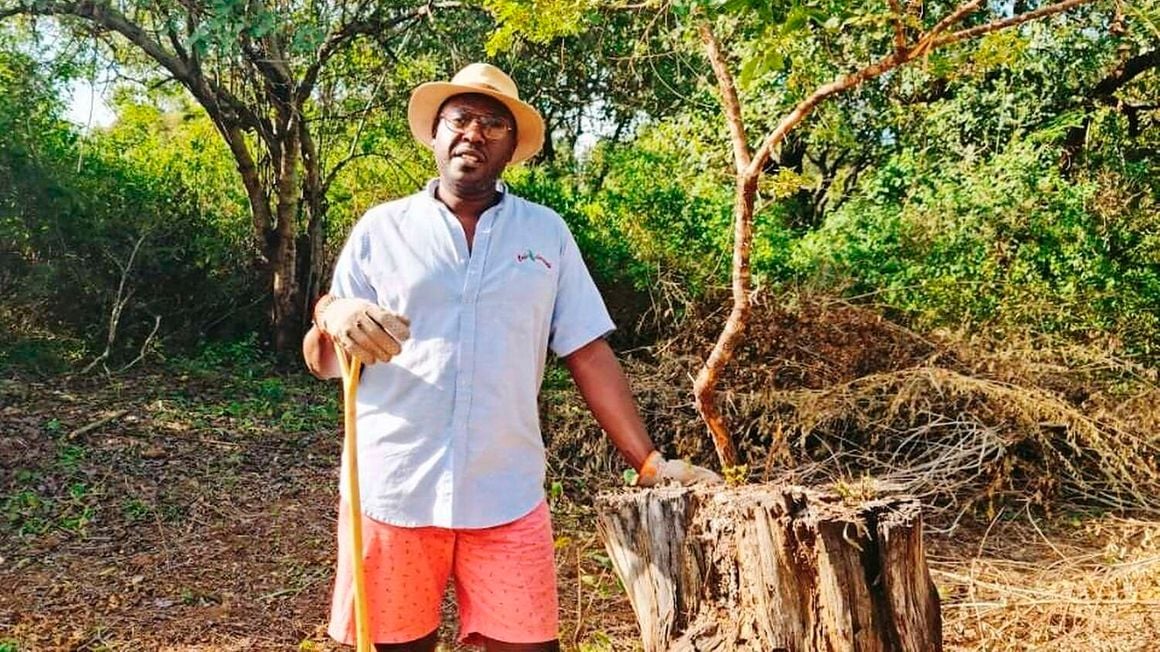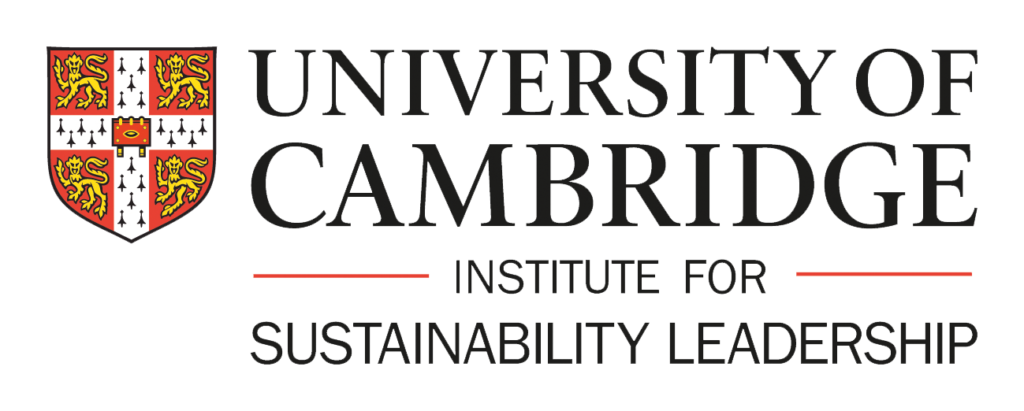Balmoi Abe watched for decades as climate change moved from a concept discussed in high-level conservation meetings to a devastating reality closer home.
He knew he had to do something, and fast. And so the architect who has practised the trade for 16 years decided to take time off and travel across Africa to study the degradation of the environment and the restoration efforts that could be implemented.
In 2020 he came back with a solution- smart contracts, the blockchain-backed technology which he today champions to incentivise individuals and organisations to put more land under tree cover.
The self-taught blockchain technology expert founded Mambo Heritage to act as a nexus between urban conflict, climate change and innovation.
“Our mission is to use smart contract technology to connect every tree to its planter while running an incentive programme that allows them to derive some financial benefits,” says Balmoi.
Tree mapping
The point is carbon sequestration where trees take carbon dioxide from the atmosphere and store it in the soil, adds the 43-year-old.
How does this work? “If you are going to grow a tree, you must be able to know that the tree will be in existence in the years ahead as a legacy,” says Balmoi.
To track the tree, Mambo Heritage uses geographic information system (GIS) maps with the coordinates of a particular seedling.
The GIS map, Balmoi says, is pegged on the landowner who will have a ledger on the blockchain that indicates his or her name, the number of trees planted and the coordinates of every tree.
This is backed by a smart contract, which is essentially a coding that resides within the ledger transaction that executes the terms of the contract and is supported by blockchain technology.
Mambo Heritage began a pilot programme in June 2022. To be eligible for the project one must have at least a hectare of land, Balmoi says.
“For our pilot programme, we are working with the government parastatals as they have more land. The government has agents who take care of the trees but Mambo Heritage has also onboarded individuals from the communities whom we refer to as ecological stewards.”
Ecological stewards are agents who are trained and act on the interventions around the tree growing from the watering, maintenance, upkeep and on-site validation of picture taking.

Mambo Heritage founder Balmoi Abe stands next to a tree growing on top of a deadwood. The organisation is running a pilot programme that is using blockchain-backed smart contracts to incentivise farm owners to grow and keep trees in the climate change fight. PHOTO | NMG
“We have pledged four million trees as we are doing conservation at scale. We are calling it turning the needle, from tree planting to tree growing.”
How does it look into people’s livelihoods?
At the end of every month that the trees are alive, the landowners are eligible to receive some payout.
“For every tree that we confirm is alive using our satellites you receive a token to your digital wallet that is wired to your phone,” says Balmoi. A tree is valued at Sh100 and a hectare of land can hold around 10,000 trees depending on the spacing and the design.
The money comes from private investments. “We have local and international investors who provide the funding with oversight from the Central Bank of Kenya. We can have manufacturing companies from the West seeking to offset their carbon coming in to fund a tree-growing project.”
The major concern for the investors has always been that the end of a tree planting project has very high media coverage but very few planted trees to show.
With the smart contracts, Balmoi says there is transparency. Investors get data that is beneficial to them and the ecological steward. “The money is in the data that is in the soil or the interactions that come through the digital wallets.”
Future potential
Bali sees the use of smart contracts technology in reforestation programmes as encouraging urban-to-rural migration. “We have city dwellers leaving for their rural homes because they know that there are programmes in place that can put equal if not more money in their pockets.”
The pilot project will run for one year but in the blockchain space, the value of the tree is infinite. Therefore a landowner can continue being paid as long as the trees remain alive.
“On the blockchain, you get your ledger and you can continue to trade and receive tokens. Your farm will be put on the metaverse where you will continue to earn. There is a token pegged on the tree to continue paying you.” Mambo Heritage will facilitate the transition to the metaverse after the pilot programme.
Benjamin Arunda, a blockchain consultant and author of Understanding the Blockchain says the technology can be used to bring transparency and accountability in the financing of climate change activities.
“Everybody in the industry can be able to see the transactions that resulted in the generation of carbon credits. Blockchain can record where carbon credits were generated to where they were consumed.”
Read original article








